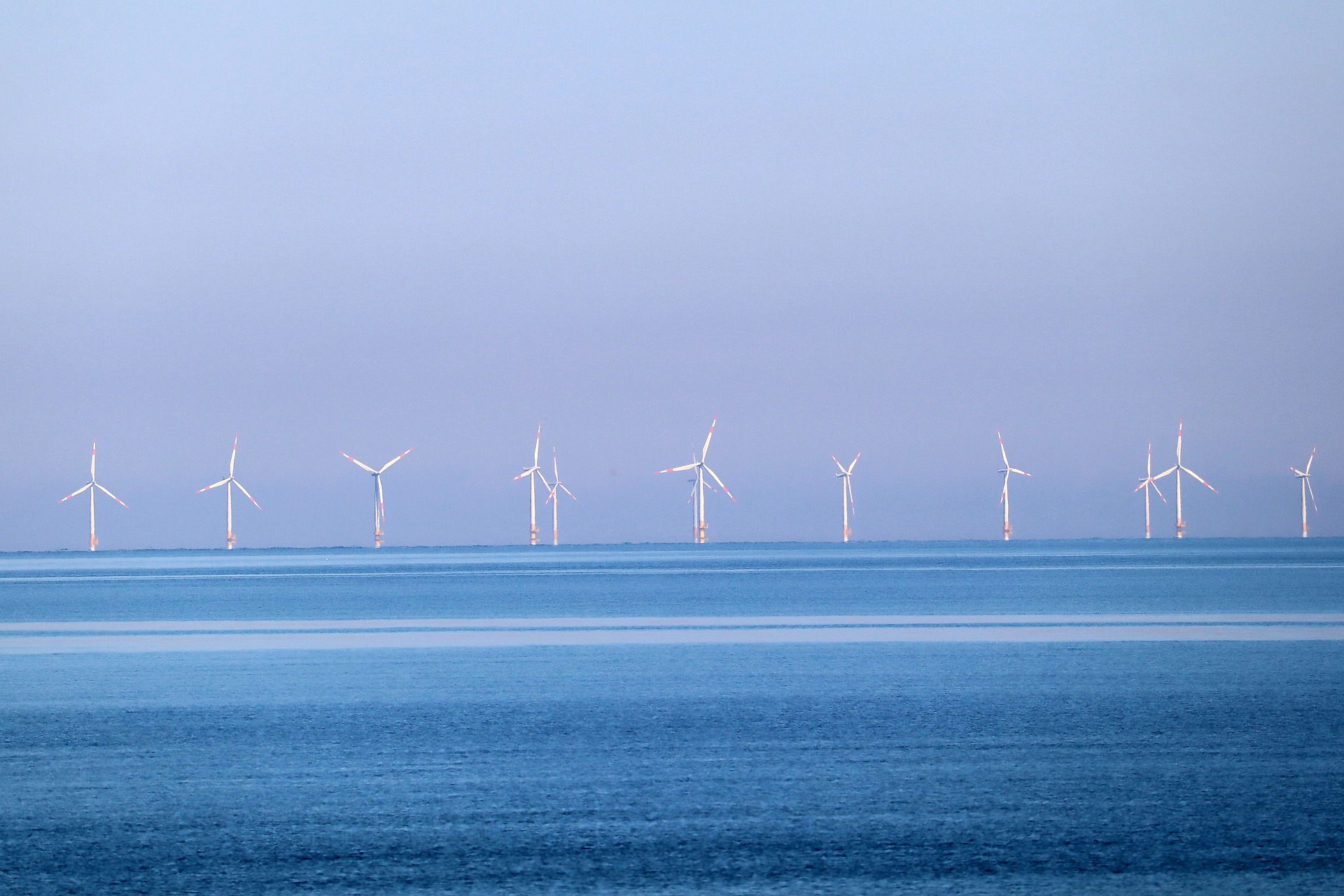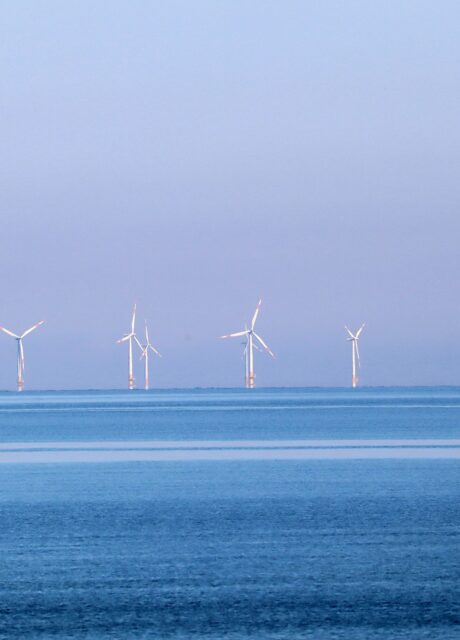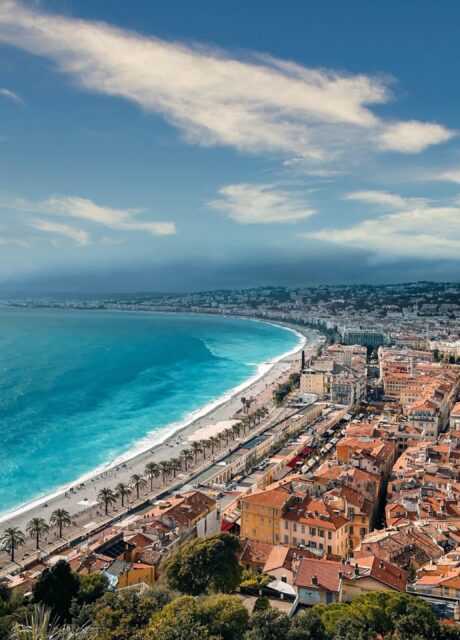The EU Offshore Renewable Energy Strategy was published at the end 2020 and represents an important step in the transition to renewable energy, setting out plans for a significant increase in wave, tidal, thermal and other marine renewable energy. However, the European Commission and Member States will have to dramatically increase the implementation of environmental legislation if this large-scale infrastructure deployment is not to come at the cost of marine biodiversity and ecosystem health.

Seas At Risk’s new paper ‘Planning offshore renewable energy with nature in mind’ sets out guiding principles for offshore renewable energy planning at regional and national levels to follow in order to align with key EU objectives for biodiversity restoration and nature protection.
Europe’s seas are already in a poor state due to over-exploitation and weak implementation of environmental legislation. Unless these issues are tackled, adding more pressure will lead to further rapid deterioration of the marine environment. While offshore renewable energy will help to mitigate climate change, the associated biodiversity concerns need to be addressed.
The EU Offshore Renewable Energy Strategy aims for 300 GW of wind and 40 GW of ocean energy by 2050. It sets out a vision to ensure that the planning of offshore renewable energy is compatible with biodiversity protection and is done in a holistic and regionally coordinated manner. This vision, however, relies heavily on the effective implementation of the Maritime Spatial Planning (MSP) Directive and the comprehensive set of EU environmental legislation, whose implementation to date does not inspire confidence.
More specifically, the Strategy overlooks the poor status of the Marine Protected Area (MPA) network designated under the Nature Directives and the Marine Strategy Framework Directive (MSFD). Although the Biodiversity Strategy aims to transform 30% of Europe’s seas into effectively managed MPAs, to date only 1.8% of European seas are covered by MPAs with effective management plans in place.
Allowing large-scale infrastructure such as offshore wind farms in MPAs would further compromise their conservation status and should be prohibited, with buffer zones added to protect ecologically valuable areas. Finally, in order to reach 100% renewable energy by 2040 – as envisioned in the CAN-EEB clean energy scenario – offshore energy must be planned as part of integrated energy scenarios, with far-reaching measures to reduce overall energy consumption.
If Europe’s Offshore Renewable Energy Strategy is to fulfil its climate change mitigation potential without compromising biodiversity protection, development plans should follow key guiding principles. These include the need for transformative change in climate and energy strategies, minimising impacts on the marine environment, and establishing coordinated regional planning.
To move towards climate neutrality, the EU should immediately stop subsidising all fossil fuels, stop approving new permits for exploration and exploitation of oil and gas, and adopt an offshore drilling ban in EU waters. Other harmful activities such as dirty shipping and harmful fisheries practices will also have to be reduced or banned.
Good Environmental Status of European seas is the objective of the MSFD, yet it remains out of reach due to poor implementation of environmental legislation, sector-by-sector planning and fragmented governance. To avoid causing further degradation, large-scale offshore renewable energy deployment should take into account impacts on marine ecosystems and follow the roadmap for restoring European seas to health by 2030 set out in the Blue Manifesto, signed by over 150 NGOs.
Finally, regional maritime spatial planning and monitoring should include strategies for renewable energy and cross-border cooperation between countries. These should be aligned with the EU Offshore Renewable Energy Strategy, take an ecosystem-based approach, and reflect ecological targets, as outlined in Seas At Risk’s
While offshore wind is an essential component of the clean energy transition, its impacts on the ocean should be minimised. If we fail to do this, any gains in emission reduction will be negated by the degradation of the marine ecosystems that regulate our planet’s climate and carbon balance.
Posted on: 25 June 2021



